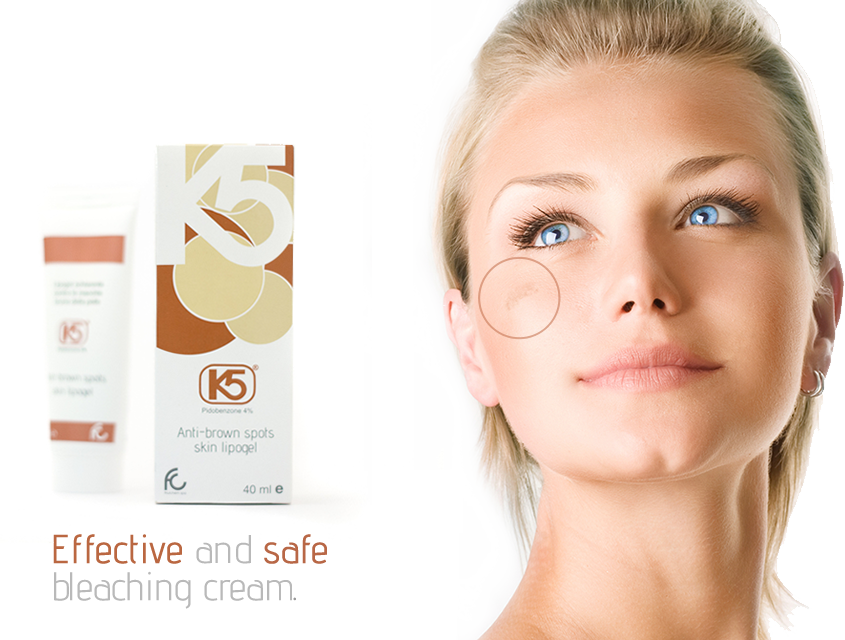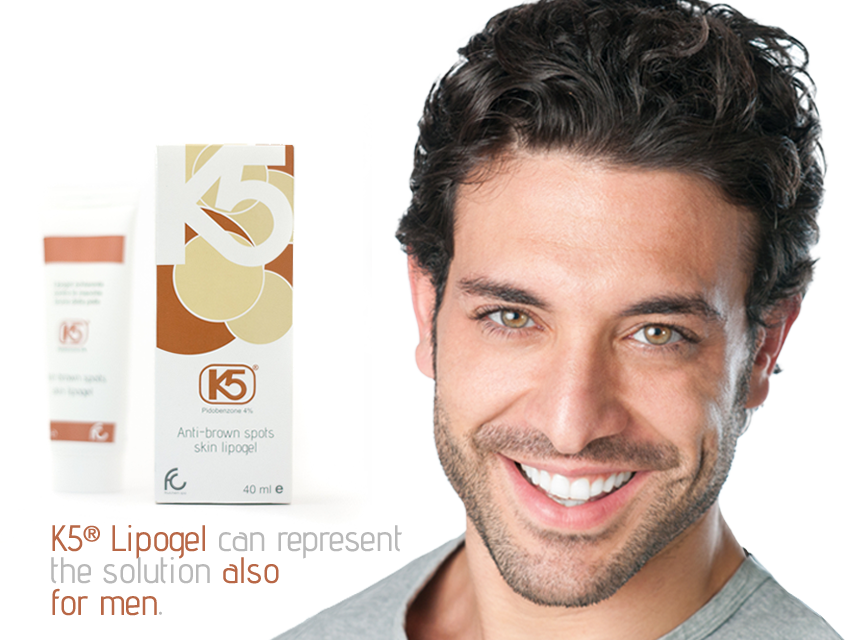When it comes to the skin, we are often faced with issues related to UV rays, but it is not always clear what they are. Understanding this can help to prevent damage arising from wrong exposure to them, which can also lead to serious problems for human health.
Light radiation is part of electromagnetic radiation. It consists of ultraviolet radiation (UVR), visible light, and infrared radiation. The sun is an important natural source of UV and you should remember that when you are exposed to its light. They have the characteristic of having a higher frequency than the visible radiation. Most of the ultraviolet rays produced by the sun are absorbed by Earth's atmosphere, but not all.

The ozone layer in the atmosphere plays an important role in protecting the earth from the sun, totally absorbing UV rays with a wavelength less than 290 nm. On the other hand, it can block only 90% of UV rays with a wavelength between 315-290 nm. The last century has seen a depletion of the ozone layer. As a consequence there is an increased passage of UVB, which may result in an increased incidence of skin damage.
Following the absorption of ultraviolet radiation, important biological effects may occur by inducing molecular changes to cells.

The effects are not always the same because of many variables involved
Bibliography:
- Brenner M, Hearing VJ. The protective role of melanin against UV damage in human skin. Photochem Photobiol 2008; 84: 539-549.
- Stanojević M, Stanojević Z, Jovanović D, Stojiljković M. Ultraviolet radiation and melanogenesis. Arch Oncol 2004; 12: 203-5.


